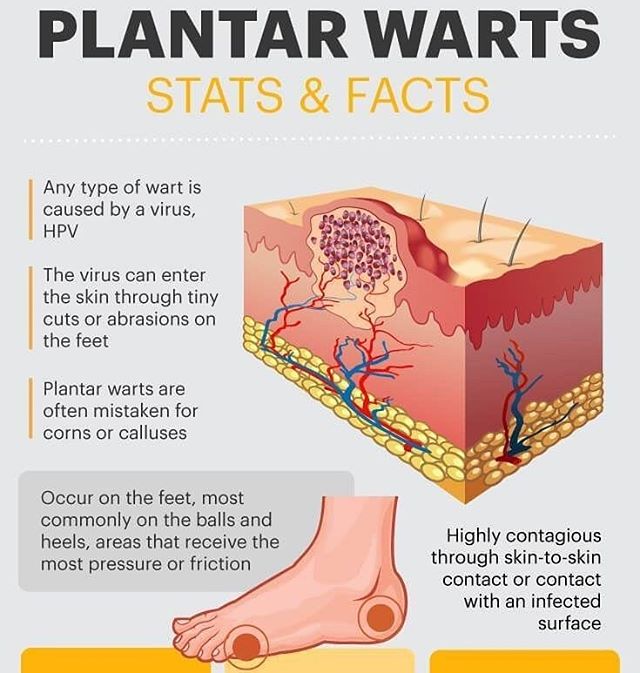Warts on Foot Treatment: Plantar Warts – Symptoms, Causes, and Effective Remedies
How to get rid of plantar warts? What are the symptoms and causes of plantar warts? Discover the most effective over-the-counter and professional treatments for removing plantar warts from your feet.
Plantar Warts: An Overview
Plantar warts are a common skin condition that affects the soles of the feet. These warts are caused by the human papillomavirus (HPV) and can be a source of discomfort and pain, especially when they occur in weight-bearing areas of the foot. While plantar warts are usually harmless, they can be persistent and may take months or even years to go away on their own. In this comprehensive guide, we’ll explore the symptoms, causes, and effective treatments for getting rid of plantar warts.
Symptoms of Plantar Warts
How can you identify a plantar wart? The most common symptoms of plantar warts include:
- Thickened, calloused skin on the sole of the foot
- A small, round growth with a distinct black dot in the center (known as a “seed” wart)
- Pain or discomfort when walking or standing, especially on hard surfaces
- Tenderness or sensitivity when pressure is applied to the wart
- Tiny, scattered black dots within the wart (these are tiny blood vessels)
Causes of Plantar Warts
What causes plantar warts to develop? Plantar warts are caused by the human papillomavirus (HPV), which can enter the body through small cuts, cracks, or other breaks in the skin on the soles of the feet. Certain factors can increase the risk of developing plantar warts, including:
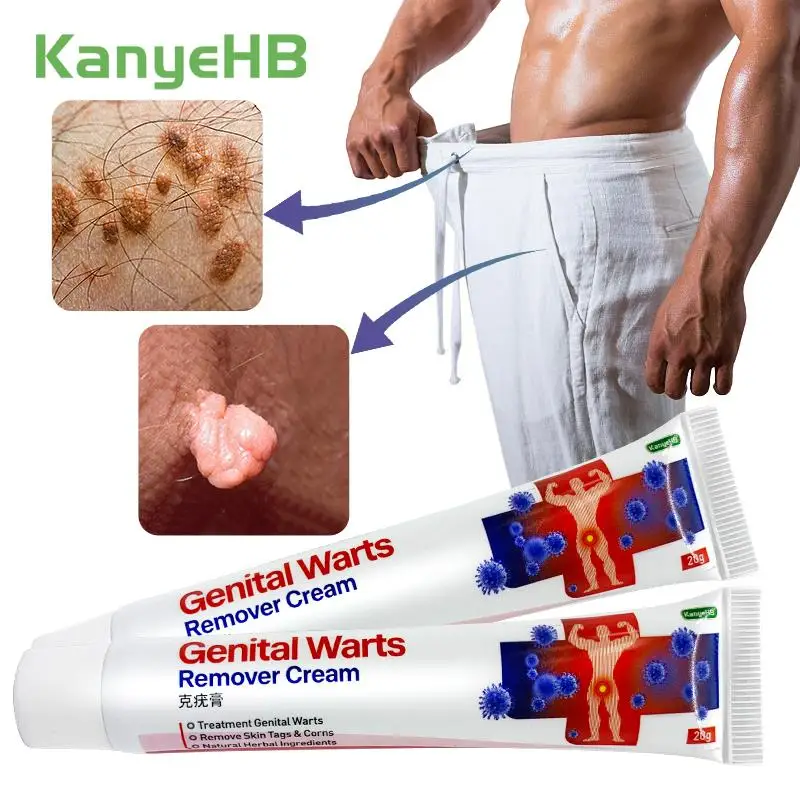
- Exposure to the virus in public places, such as swimming pools, showers, or locker rooms
- Weakened immune system, which makes it harder for the body to fight off the virus
- Trauma or repeated irritation to the skin on the feet
- Walking barefoot in damp, warm environments
Over-the-Counter Treatments for Plantar Warts
If you have a plantar wart that is causing discomfort or interfering with your daily activities, there are several over-the-counter treatment options you can try at home. One of the most common and effective treatments is the use of salicylic acid:
- Soak the plantar wart in water for 15 minutes to soften the skin
- Use a pumice stone or emery board to gently file down the top layer of dead skin
- Rinse and thoroughly dry the wart
- Apply a salicylic acid product (in concentrations ranging from 17% to 40%) directly to the wart, avoiding the surrounding skin
- Repeat this process once or twice a day until the wart disappears, which can take up to 3 months
Another over-the-counter option is cryotherapy, which uses a freezing spray to destroy the wart. This method should be used carefully and according to the product instructions to avoid burning the skin.

Home Remedies for Plantar Warts
While not as well-researched as over-the-counter treatments, some people have had success with home remedies for removing plantar warts. One popular method is the use of duct tape:
- Soak the wart in water for 15 minutes
- Gently file the wart with an emery board or pumice stone
- Rinse and thoroughly dry the wart
- Place a piece of duct tape directly over the wart, extending beyond the perimeter
- Leave the duct tape on for up to a week, replacing it if it falls off
- On the sixth or seventh day, remove the duct tape, soak and file the wart, and leave it uncovered overnight
- Repeat this process until the wart disappears
Some people also combine salicylic acid treatment with a duct tape patch for added effectiveness.
Professional Plantar Wart Removal
If over-the-counter and home remedies aren’t working, or if the plantar wart is especially stubborn or painful, it’s best to seek professional treatment from a healthcare provider. Some of the most common professional plantar wart removal methods include:

Cryotherapy
Cryotherapy involves freezing the wart with liquid nitrogen, which kills the virus-infected cells. This procedure is typically done in a healthcare provider’s office and requires several treatments spaced 2-3 weeks apart.
Electrodessication
Electrodessication is a process in which the wart is dried out using an electric needle, and then a small, scoop-like instrument called a curette is used to remove the wart. This method can leave scarring and is not commonly recommended for plantar warts.
Frequently Asked Questions
Can you pull out a plantar wart with tweezers?
No, you should never try to pull out a plantar wart with tweezers. This is extremely painful and is unlikely to remove the entire wart, increasing the chances of it growing back. Attempting to remove a plantar wart this way can also lead to serious infection.
Can you cut off a plantar wart?
No, you should never attempt to cut off a plantar wart at home. Doing so can be incredibly painful and is more likely to lead to the wart growing back or becoming infected. If you want your plantar wart completely removed, it’s best to visit a healthcare provider who can use professional methods to ensure the wart is properly and safely removed.
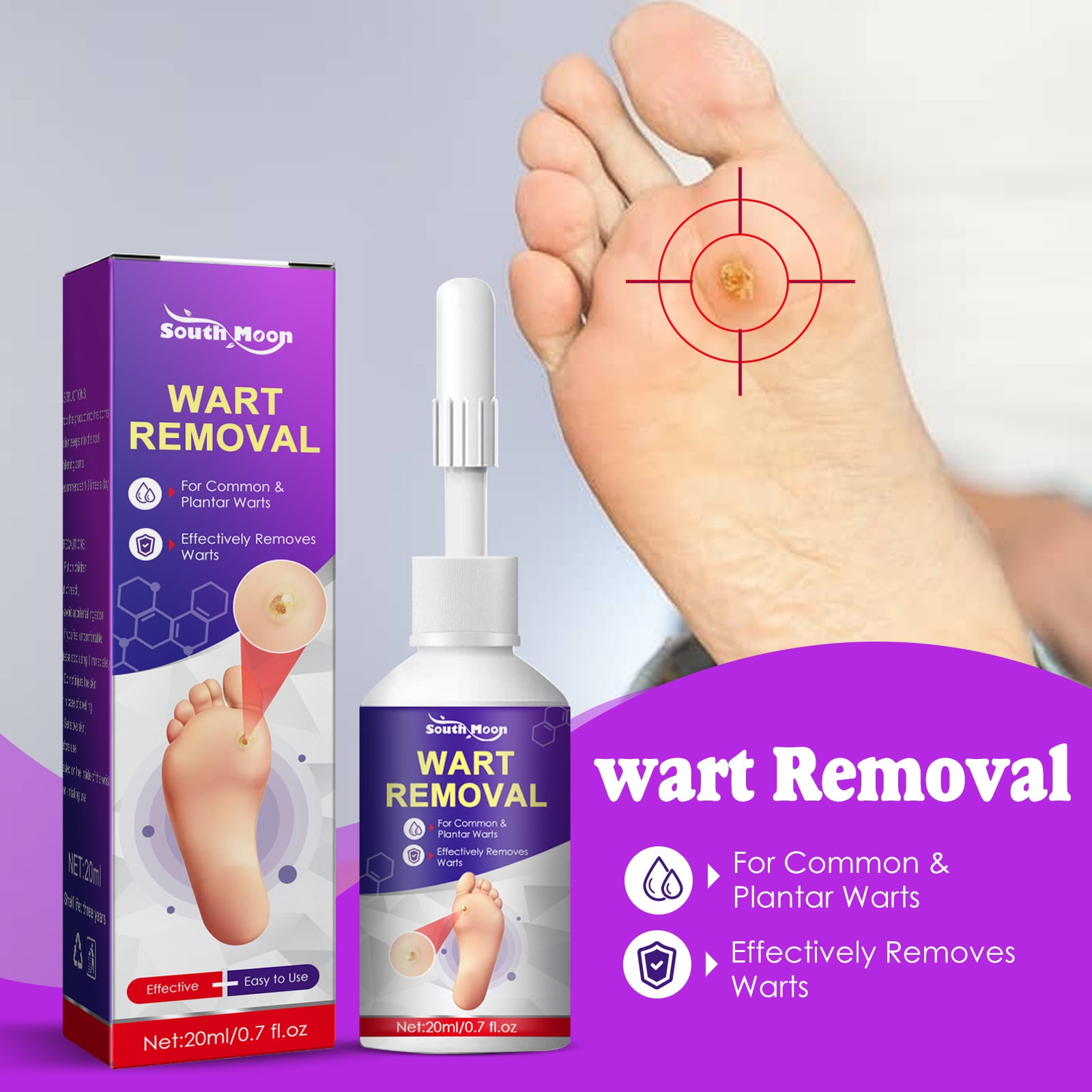
How to get rid of plantar warts
Plantar warts are warts that occur on the bottoms of the feet.
While plantar warts are almost always harmless, they can be very painful if they occur in a spot on the foot that supports your weight. Plantar warts are very common, and they typically go away on their own. However, although some plantar warts disappear in a couple weeks or months, it can take as long as a couple of years for them to go away.
If you have plantar warts and want them removed, you have a number of options for treating them at home, or you can visit your healthcare provider for plantar wart removal. Here’s what you need to know about getting rid of plantar warts.
Over-the-counter wart treatments
There are wart treatments that are available over the counter for home use.
- Salicylic acid is available in a number of over-the-counter plantar wart removal products, including gels, liquids and patches. These range in concentration from 17% to 40%.
 For warts on thick skin, use a product with a higher concentration, and for those on thinner, more sensitive skin, use a lower concentration.
For warts on thick skin, use a product with a higher concentration, and for those on thinner, more sensitive skin, use a lower concentration.
To remove warts with salicylic acid:
- Soak the plantar wart in water for 15 minutes to soften it.
- Use a pumice stone or emery board to remove the top layer of dead skin.
- Rinse and thoroughly dry the wart.
- Apply the salicylic acid product to the wart. Try to avoid getting it on the surrounding skin. Allow the product to dry before putting on shoes or socks.
- Repeat these steps once or twice a day until the wart goes away.
It can take as long as three months for the wart to go away. Once the wart is gone, continue treatment for another week or two to help prevent it from growing back.
- Freeze sprays are another over-the-counter option for plantar wart removal. These products typically contain a mix of dimethyl ether and propan. The product is briefly applied to the surface of the wart to freeze it.
 When using this cryotherapy method, it is important to follow the instructions on the package carefully to avoid burning the skin.
When using this cryotherapy method, it is important to follow the instructions on the package carefully to avoid burning the skin.
Home remedies for warts
While using duct tape isn’t a highly researched remedy for plantar warts, the studies that have been done show mixed results. Still, anecdotal evidence shows that for some people, duct tape is a tried-and-true wart remedy, and it’s worth a try if you’re not too keen on having to apply salicylic acid to the wart every day. Scientists aren’t sure why duct tape works, but some suspect it may suffocate the wart—or simply remove the skin and virus in layers until the wart disappears.
To treat a wart with duct tape, choose the classic silver variety, which is stickier than other types. Follow these steps:
- Soak the wart for 15 minutes.
- Gently file the wart with an emery board or pumice stone.
- Rinse and thoroughly dry the wart.
- Place a piece of duct tape directly over the wart so that it extends beyond the perimeter of the wart.
 Press firmly to create a strong bond.
Press firmly to create a strong bond. - Leave the duct tape on for up to a week. If it falls off, replace it.
- On the sixth or seventh day, remove the duct tape, soak and file the wart, and leave it uncovered overnight.
- The next day, reapply the tape, and repeat the same process until the wart disappears.
Some people remove warts with salicylic acid treatment combined with a duct tape patch.
Can you pull out a plantar wart with
tweezers?
No, never try pulling out plantar warts with tweezers. Pulling out a plantar wart yourself is extremely painful, and it’s unlikely that you’ll get all of it. This means it’s more likely that it’ll grow back. Pulling out plantar warts with tweezers can also lead to a serious infection.
Can you cut off a plantar wart?
No, never attempt to cut off a plantar wart at home. If you want your wart completely removed, visit your healthcare provider.
Plantar wart treatment by your
healthcare provider
For complete plantar wart removal, visit your healthcare provider, who will use one of a few effective methods for getting rid of plantar warts, including:
Cryotherapy. One of the most commonly used plantar wart removal methods involves freezing them off, a procedure known as cryotherapy. To freeze plantar warts, your healthcare provider will swab or spray liquid nitrogen onto the wart and a small area surrounding the wart. The liquid nitrogen is extremely cold and burns the skin, killing the virus-infected cells. Freezing plantar warts is painful and causes redness and, in some cases, blisters. It typically takes several treatments spaced two to three weeks apart to freeze plantar warts completely off.
One of the most commonly used plantar wart removal methods involves freezing them off, a procedure known as cryotherapy. To freeze plantar warts, your healthcare provider will swab or spray liquid nitrogen onto the wart and a small area surrounding the wart. The liquid nitrogen is extremely cold and burns the skin, killing the virus-infected cells. Freezing plantar warts is painful and causes redness and, in some cases, blisters. It typically takes several treatments spaced two to three weeks apart to freeze plantar warts completely off.
Electrodessication. Also known as zapping and cutting or cautery and curettage, electrodessication involves drying the wart with an electric needle and using a small, scoop-like instrument called a curette to dig out the wart. Electrodessication typically leaves scarring, and it’s not generally recommended for plantar warts unless they don’t respond to other treatments.
Other plantar wart treatment methods
Other options your healthcare provider might recommend for plantar wart removal include:
- Cutting the wart out with a scalpel, which produces similar results as electrodessication, including possible scarring.

- Prescription drugs like topical imiquimod, an immunotherapy drug, or topical fluorouracil, a chemotherapy drug. These are applied to the wart as a cream. The chemotherapy drug bleomycin is a plantar wart treatment medication that’s injected into the wart.
- Intralesional immunotherapy, which involves testing the patient for a positive reaction to skin test antigens for mumps, Candida or Trichophyton. If the test is positive, the wart is injected with the antigen, which causes an allergic response that breaks down the HPV virus to remove the wart.
If your plantar warts aren’t causing you pain or discomfort, you can let them go away on their own. But if they’re painful, itchy or bothersome, visit your healthcare provider for advice on plantar wart treatment. Many healthcare providers will recommend over-the-counter treatments first. If your wart doesn’t respond to these treatments, your healthcare provider will explain your options and help you decide which removal method is best for you.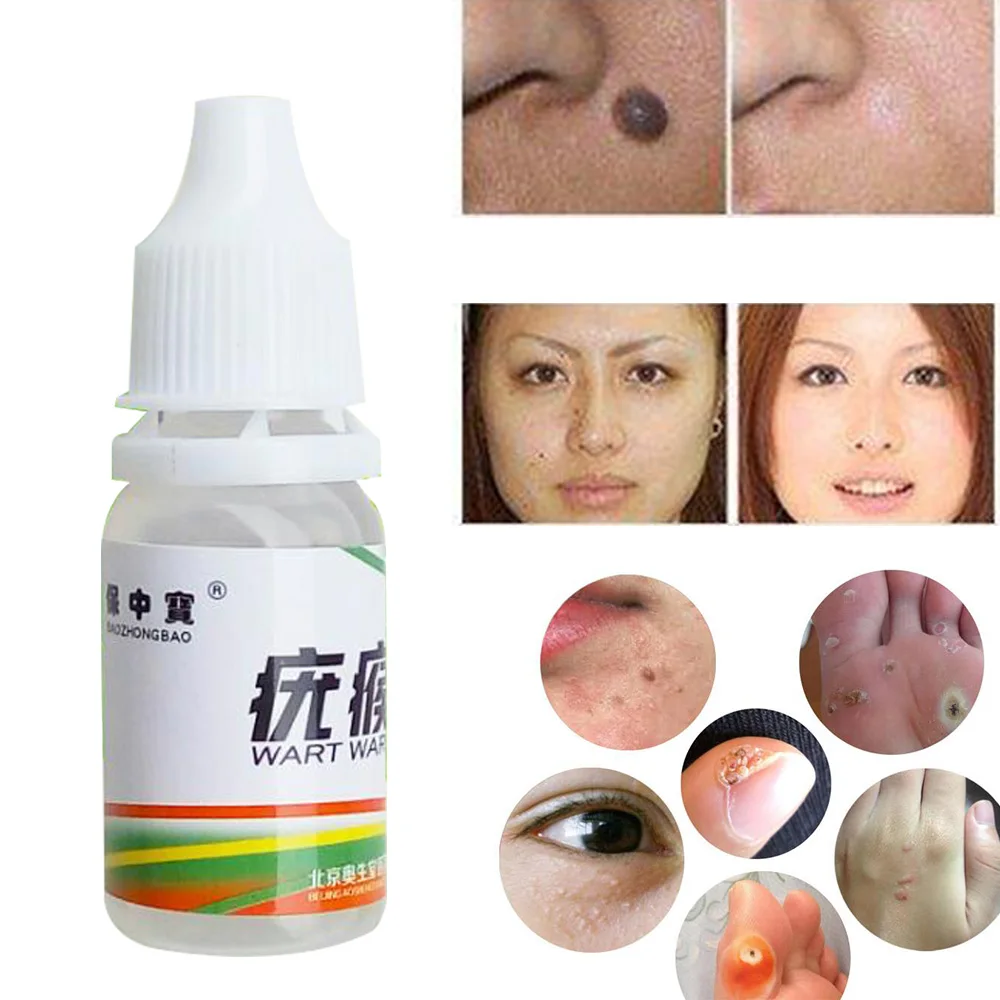
Published February 2022.
Sources:
- https://www.ncbi.nlm.nih.gov/books/NBK279586/
- https://www.health.harvard.edu/diseases-and-conditions/how-to-get-rid-of-warts
Warts: Diagnosis and treatment
Diseases & conditions
-
Coronavirus Resource Center
-
Acne
-
Eczema
-
Hair loss
-
Psoriasis
-
Rosacea
-
Skin cancer
-
A to Z diseases
-
A to Z videos
- DIY acne treatment
- How dermatologists treat
- Skin care: Acne-prone skin
- Causes
- Is it really acne?
- Types & treatments
- Childhood eczema
- Adult eczema
- Insider secrets
- Types of hair loss
- Treatment for hair loss
- Causes of hair loss
- Hair care matters
- Insider secrets
- What is psoriasis
- Diagnosis & treatment
- Skin, hair & nail care
- Triggers
- Insider secrets
- What is rosacea
- Treatment
- Skin care & triggers
- Insider secrets
- Types and treatment
- Find skin cancer
- Prevent skin cancer
- Raise awareness
- Español
Featured
Reduce summertime rosacea flare-ups
The sun, heat, and humidity can all trigger rosacea and lead to flare-ups.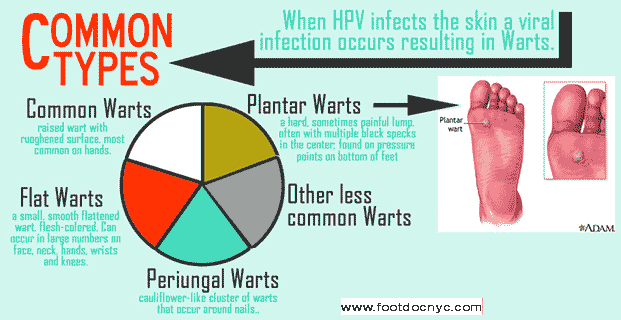 Find out how you can enjoy summer while reducing flare-ups.
Find out how you can enjoy summer while reducing flare-ups.
JAK inhibitors: A newer type of medication
JAK inhibitors are helping patients with alopecia areata, eczema/atopic dermatitis, psoriasis, and vitiligo. Here’s what you need to know.
Everyday care
-
Skin care basics
-
Skin care secrets
-
Injured skin
-
Itchy skin
-
Sun protection
-
Hair & scalp care
-
Nail care secrets
- Basic skin care
- Dry, oily skin
- Hair removal
- Tattoos and piercings
- Anti-aging skin care
- For your face
- For your skin routine
- Preventing skin problems
- Bites & stings
- Burns, cuts, & other wounds
- Itch relief
- Poison ivy, oak & sumac
- Rashes
- Shade, clothing, and sunscreen
- Sun damage and your skin
- Aprenda a proteger su piel del sol
- Your hair
- Your scalp
- Nail care basics
- Manicures & pedicures
Featured
Practice Safe Sun
Everyone’s at risk for skin cancer.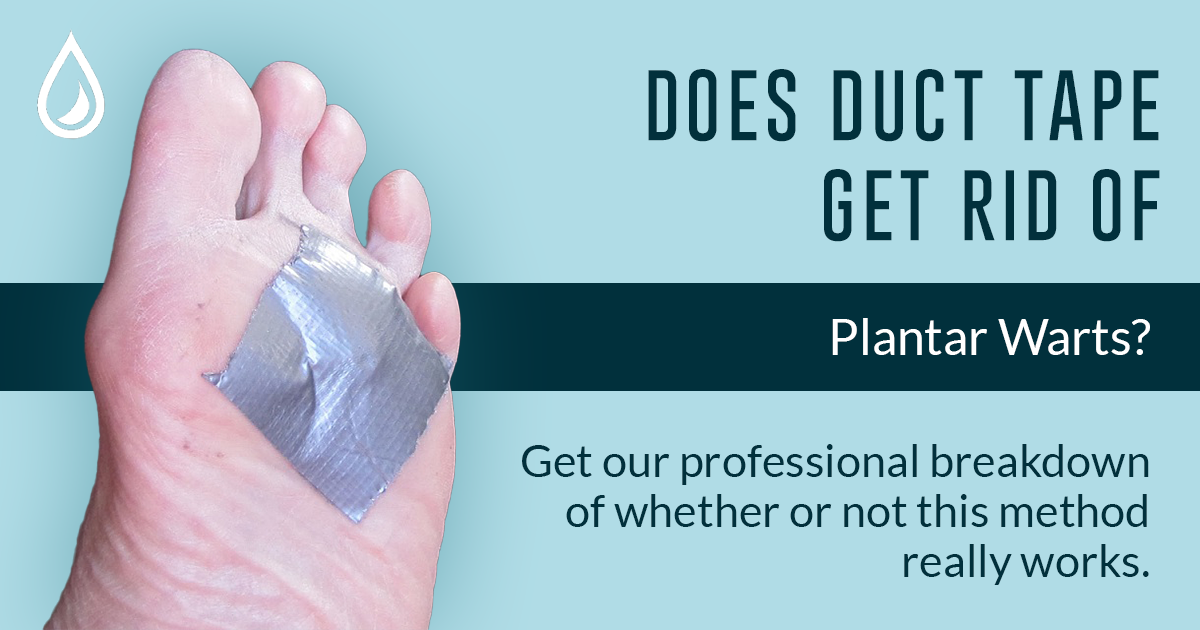 These dermatologists’ tips tell you how to protect your skin.
These dermatologists’ tips tell you how to protect your skin.
Relieve uncontrollably itchy skin
Find out what may be causing the itch and what can bring relief.
Darker Skin Tones
-
Skin care secrets
-
Hair care
-
Hair loss
-
Diseases & Conditions
- Acne
- Dark spots
- Dry skin
- Light spots
- Razor bumps
- Caring for Black hair
- Scalp psoriasis
- Weaves & extensions
- Central centrifugal cicatricial alopecia
- Frontal fibrosing alopecia
- Hairstyles that pull can cause hair loss
- Acanthosis nigricans
- Acne keloidalis nuchae
- Hidradenitis suppurativa
- Keloid scars
- Lupus and your skin
- Sarcoidosis and your skin
- Skin cancer
- Vitiligo
- More diseases & conditions
Featured
Fade dark spots
Find out why dark spots appear and what can fade them.
Untreatable razor bumps or acne?
If you have what feels like razor bumps or acne on the back of your neck or scalp, you may have acne keloidalis nuchae. Find out what can help.
Cosmetic treatments
-
Your safety
-
Age spots & dark marks
-
Cellulite & fat removal
-
Hair removal
-
Scars & stretch marks
-
Wrinkles
-
Younger-looking skin
Featured
Laser hair removal
You can expect permanent results in all but one area. Do you know which one?
Do you know which one?
Scar treatment
If you want to diminish a noticeable scar, know these 10 things before having laser treatment.
Botox
It can smooth out deep wrinkles and lines, but the results aren’t permanent. Here’s how long botox tends to last.
Public health programs
-
Skin cancer awareness
-
Free skin cancer screenings
-
Kids’ camp
-
Good Skin Knowledge
-
Shade Structure grants
-
Skin Cancer, Take a Hike!™
-
Awareness campaigns
-
Flyers & posters
-
Get involved
- Lesson plans and activities
- Community grants
Featured
Free materials to help raise skin cancer awareness
Use these professionally produced online infographics, posters, and videos to help others find and prevent skin cancer.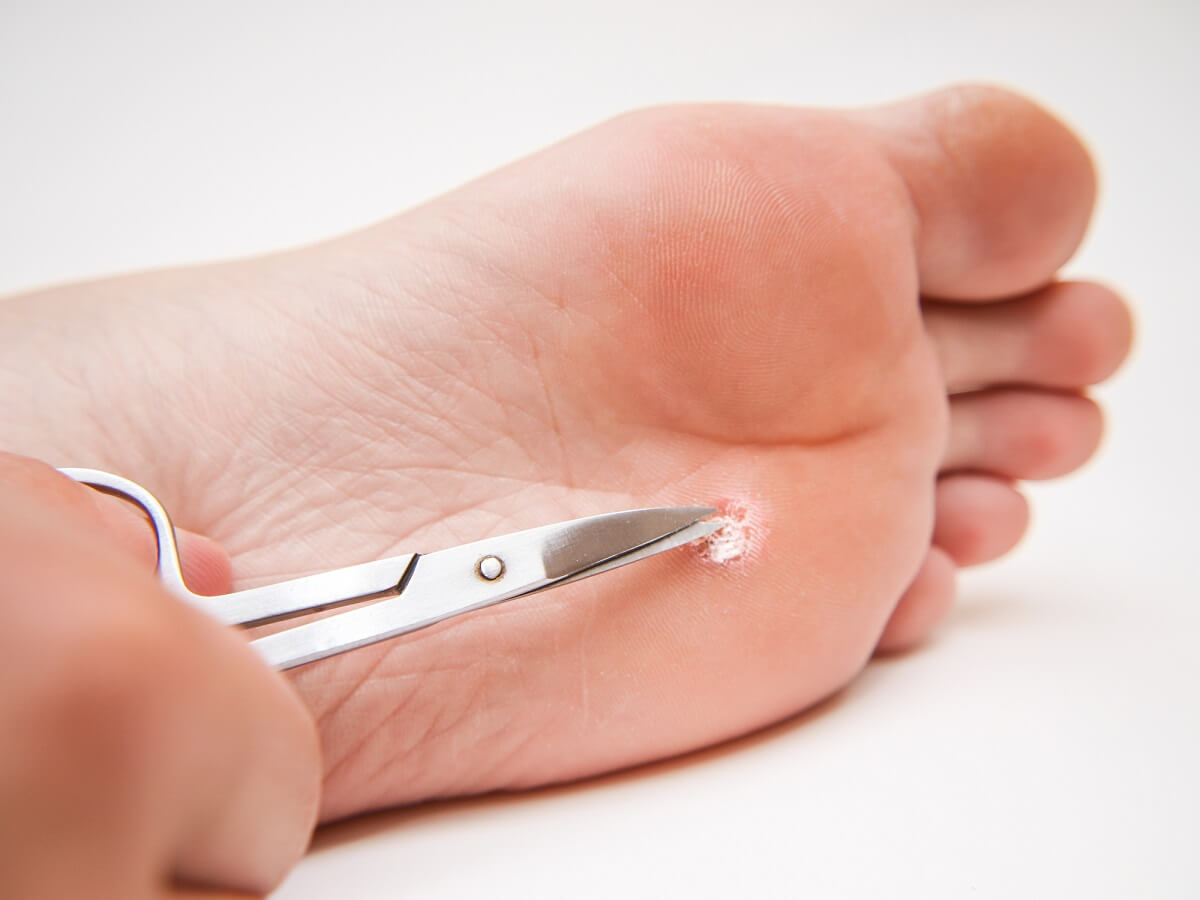
Dermatologist-approved lesson plans, activities you can use
Free to everyone, these materials teach young people about common skin conditions, which can prevent misunderstanding and bullying.
Find a dermatologist
-
Find a dermatologist
-
What is a dermatologist?
-
FAAD: What it means
-
How to select a dermatologist
-
Your digital health
-
Prior authorization
-
Dermatologists team up to improve patient care
- Finding accurate health information
- Health apps
- Wearable medical devices
- Telemedicine
- Protect your information
Featured
Find a Dermatologist
You can search by location, condition, and procedure to find the dermatologist that’s right for you.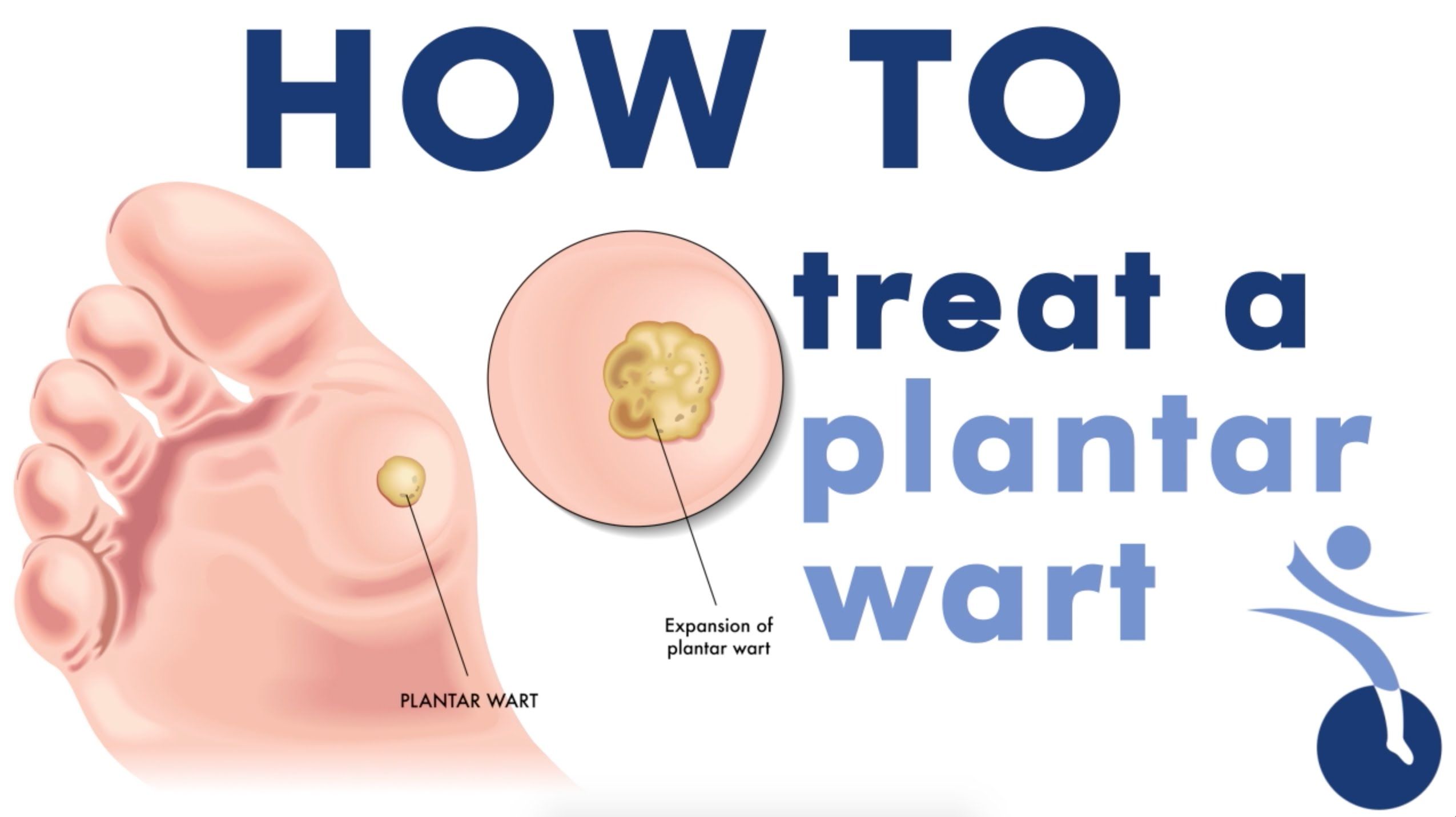
What is a dermatologist?
A dermatologist is a medical doctor who specializes in treating the skin, hair, and nails. Dermatologists care for people of all ages.
Plantar Wart (Spike): Causes and Treatments
Plantar Warts is a type of wart that occurs on the soles of the feet and on the palms of the hands.
Of all skin warts, plantar warts occur in 30%. They are the ones most often removed.
The only cause is the human papillomavirus, HPV for short.
Scheme of infection: people scratched the skin. The virus enters the skin. Embedded in the genes of skin cells. The cell takes on ugly forms, becoming similar to tumor cells.
Caution: Some types of human papillomavirus can cause cervical dysplasia and cancer.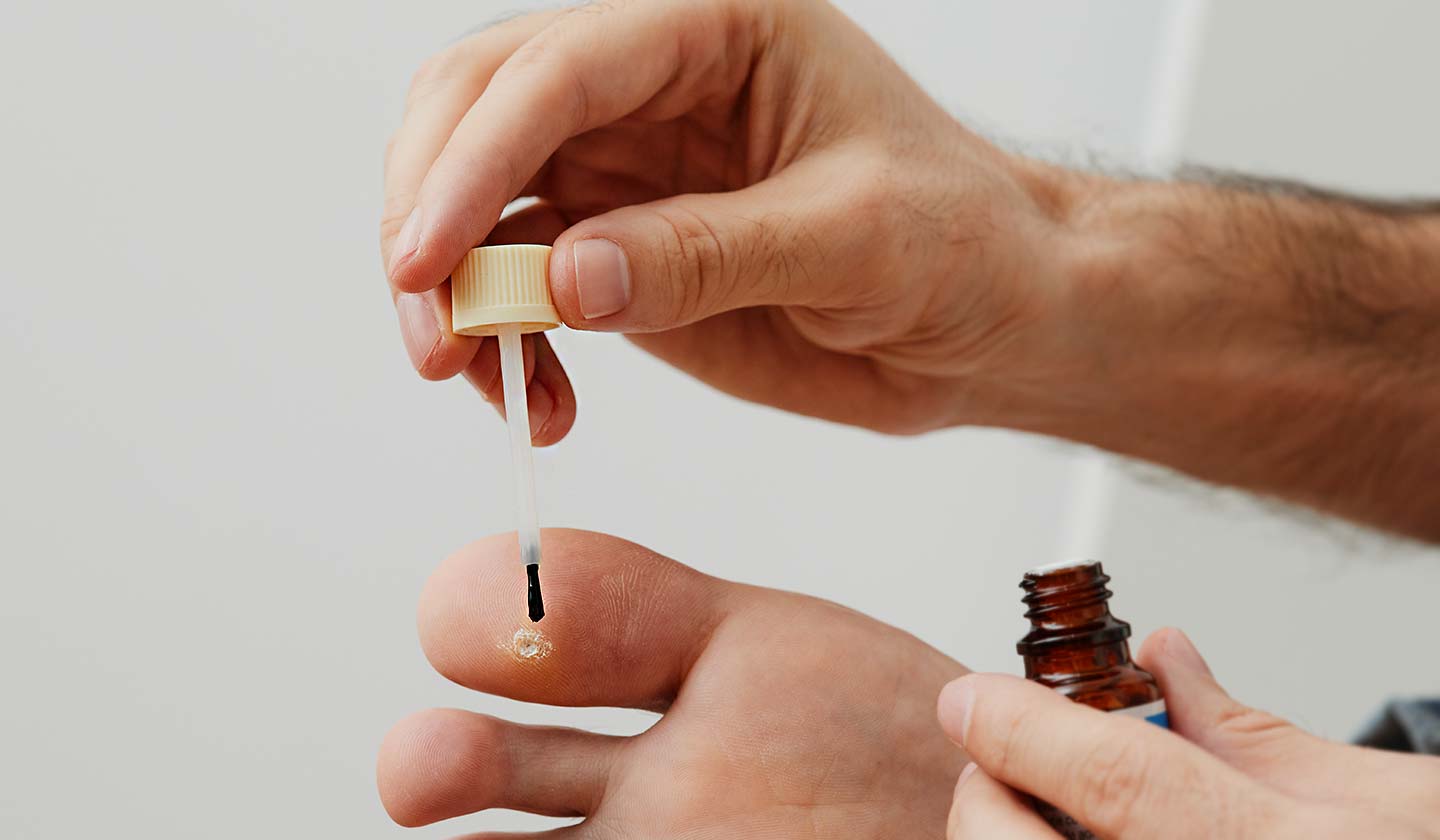
Infection with the type of HPV that causes warts occurs during childhood. Almost all children become infected with this virus – in kindergartens, at schools, in public places. But not everyone gets sick – it all depends on the immune system. In childhood, warts appear for the first time. Then the adult’s immune system copes with this virus. Therefore, in adults, warts on the skin rarely appear. And if an adult has spikes, this indicates a decrease in the activity of the immune system.
Entrance gates for the virus are injuries of the soles of the feet and palms: scratches, cuts, abrasions and calluses. Provoking factors – excessive sweating of the feet and wearing tight shoes, stress.
Main manifestation : hard, round formation on the palm or sole of the foot.
Main symptom : Pain when walking and itching around the wart.
Initial stage:
- a small callus appears,
- she itches,
- hurts when walking.

After 2-4 weeks:
- Rough surface appears in the center,
- often – black dots in the center, **
- along the edges – a small roller of keratinized skin.
Why?
- Why do spines appear on the palm and sole? Because the skin here is especially dense (unlike other parts of the body). And this type of HPV virus infects just such skin.
- Why does it hurt when walking? Because the spine grows inward. When walking, the weight of the body presses on the wart and it compresses the pain receptors.
- Why is itching? Because the ugly cells of the plantar wart on the foot and palm press on neighboring skin receptors, which leads to itching.
- Why black dots? This is the result of blockage of blood vessels in the thickness of the wart on the foot or on the palm.
Dimensions – 3 -10 mm. At the same time, they rise above the surface of the skin by only 1-2 mm, because they grow inward and in breadth.
Child warts may appear nearby. They merge with the mother and form a painful conglomerate. This is a clear indicator of a decrease in immunity. And this often requires medical treatment.
Methods of treatment:
In 90% of people, a plantar wart goes away without treatment at an early stage. The immune system suppresses the virus and heals the skin.
The time of self-healing depends on the stage of the process: from 2 weeks to 1.5 years.
When should a thorn be treated?
- if it hurts a lot,
- if it interferes with walking,
- if grown to a large size,
- if children appear nearby.
How and with what to treat warts on the feet?
Removal – a treatment that is successful in 98% of patients
Drug removal
Local necrotizing agents are used for this purpose.
Solcoderm, vartoks, duofilm, kollomak, super celandine and others
They contain acids or alkalis.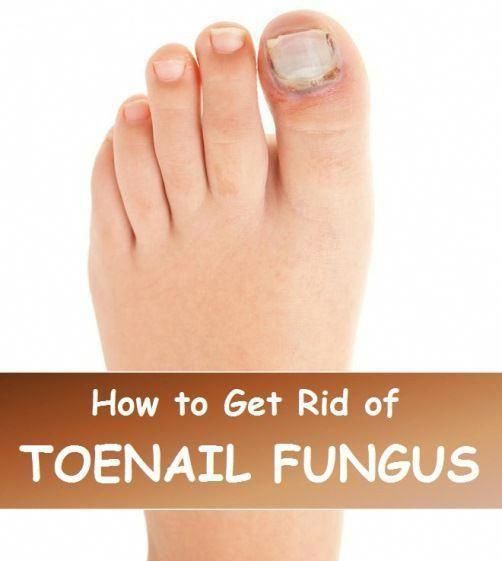 Removal of plantar warts (thorns) occurs through a chemical burn of the skin. The wart is dying.
Removal of plantar warts (thorns) occurs through a chemical burn of the skin. The wart is dying.
And in this place there is an inconspicuous scar.
The treatment time is long: an average of 14-20 days).
The probability of recurrence (reappearance at the same place) is very high.
Instrument removal
- Laser.
Your wart will be vaporized by the laser. In this place you will have a deep wound. The wound will heal in 10-14 days.
Disadvantages of the method: deep wound after removal. Rough scarring.
- Liquid nitrogen.
Deep freezing of tissue occurs. A bubble forms. It will hurt a lot and then hurt more!! Heals 14 days.
Disadvantages of the method: Severe pain during removal and after removal. Prolonged healing. Rough scar.
- Radio wave radiation (device “Surgitron”).
The same effect as from the laser – tissue evaporation. And only a deepening-wound will remain from the wart.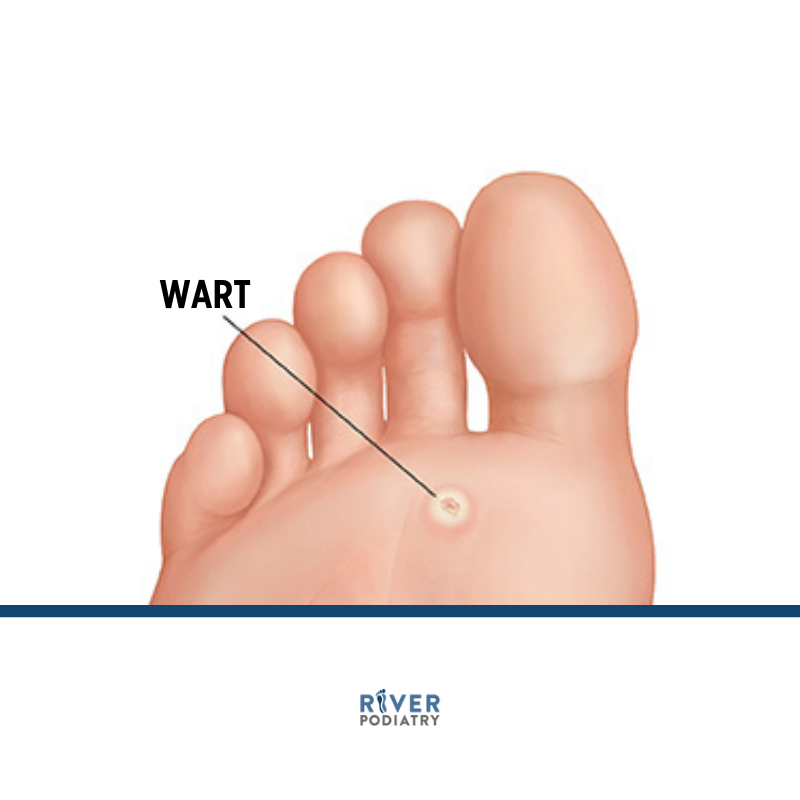
Advantages of the method:
Nearby vessels are coagulated, forming a dense crust at the site of the neoplasm, so the removal is performed without damage to the vessels and does not cause even the slightest blood loss.
The crust disappears on its own after 7-10 days. In its place is an inconspicuous scar.
The wart is burned out with an electrocoagulator. This is the same scalpel, only electric. It is now rarely used in large clinics.
Prevention is the foundation of the foundations
- Wearing loose shoes.
- Treatment of excessive sweating of the feet.
- Treatment of injuries, scratches and cuts on the feet.
- A healthy lifestyle and strengthening of the immune system is the prevention of viral diseases, including the HPV virus.
plantar wart wart removal spine
Please enable JavaScript to view comments.
Plantar wart – treatment and removal of warts
Life with a plantar wart is a torment: it is impossible to stand or walk. And it’s scary to go to the doctor – the removal is very painful, and the wound after such a procedure heals for a long time. And only recently, dermatologists have a gentle way to deal with this problem.
Whatever people came up with in search of a way to get rid of plantar warts. They rubbed them with potatoes or garlic, tied the meat to the wart. The use of “burning” products at home is often ineffective and can lead to the appearance of rough scars. In general, anyone who has ever tried to get rid of a plantar wart on their own knows that everything is useless, you cannot do without a doctor.
IMPORTANT! Information from the article cannot be used for self-diagnosis and self-treatment! Only a doctor can prescribe the necessary examinations, establish a diagnosis and draw up a treatment plan for a consultation!
What is a plantar wart?
A plantar wart is nothing like the ones you see on the body. Why do they appear, as if from nowhere? There was nothing on the sole of the foot and suddenly you can’t walk.
Why do they appear, as if from nowhere? There was nothing on the sole of the foot and suddenly you can’t walk.
Any warts are skin neoplasms, the development of which is provoked by human papillomavirus (HPV) . That is, a wart is a viral disease that needs to be treated systemically.
You can become infected with HPV through contact with an infected person or through household items, especially if a person has weakened immunity, both general and local. The virus most easily penetrates the skin through microtraumas and skin soaked in water (maceration), so often the most unpleasant – plantar – warts appear in those who visit the pool or gym.
Warts are different:
- vulgar (translated from Latin – ordinary),
- flat,
- plantar
- genital warts.
Of course, warts do not color anyone, so their owners try to get rid of a cosmetic defect. But the pain is delivered, as a rule, plantar. Outwardly, they look like corns and occur more often on the skin of the soles – in places of pressure and friction.
Usually the skin thickens there due to increased keratinization. When pressure is applied to plantar warts, the pain can be so intense that patients compare it to a “nail in a boot.”
Treatment of a plantar wart at home
Drugs are sold in pharmacies, the instructions for which say that the indication for use is plantar warts. But, removing warts at home is undesirable, because it is often ineffective and can cause complications.
Most home remedies are strong solutions of alkalis or acids. When using them, the occurrence of a deep long-healing burn and the development of a rough scar are possible 0008 . With insufficient exposure, warts reappear. In addition, infection of the wound and the development of purulent complications are possible.
The method of treatment must be chosen by the physician . And the application of any destructive drugs should also be carried out by a doctor or take place under his supervision.
Removal of plantar warts
How this is done is up to the doctor. It is possible to minimize the risk of recurrence (relapse) of the wart with the help of complex therapy. Despite the fact that today there are no drugs that completely kill the human papillomavirus in the body, many patients need antiviral therapy. In addition, the formed wart must be removed. For the destruction (destruction) of warts, a laser, liquid nitrogen, cauterizing, keratolytic and mummifying agents can be used.
Laser removal of large warts is often more effective than liquid nitrogen removal. Before laser destruction, the plantar wart is chipped with an anesthetic, which is a rather painful procedure. During laser destruction, in addition to the destruction of the formation itself, thermal heating (burning) of the surrounding tissues occurs, which, on the one hand, damages the virus, and on the other hand, leads to some inflammation around the removed wart. Wounds on the skin of the soles do not heal quickly, as there is constant pressure on the damaged area when walking.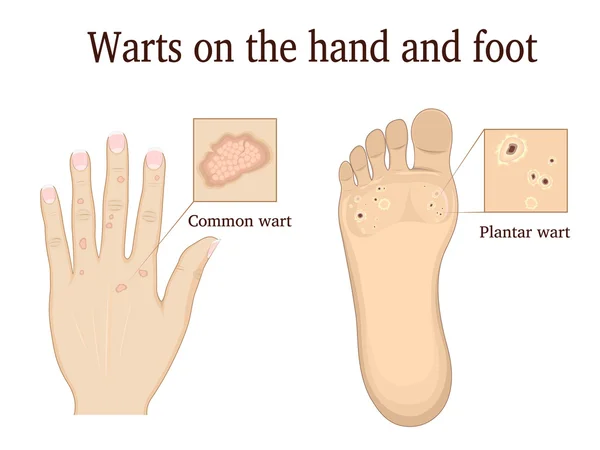

 For warts on thick skin, use a product with a higher concentration, and for those on thinner, more sensitive skin, use a lower concentration.
For warts on thick skin, use a product with a higher concentration, and for those on thinner, more sensitive skin, use a lower concentration. When using this cryotherapy method, it is important to follow the instructions on the package carefully to avoid burning the skin.
When using this cryotherapy method, it is important to follow the instructions on the package carefully to avoid burning the skin. Press firmly to create a strong bond.
Press firmly to create a strong bond.

